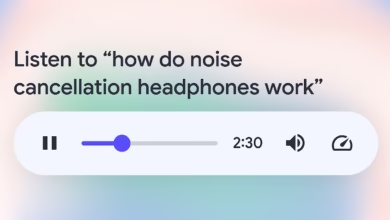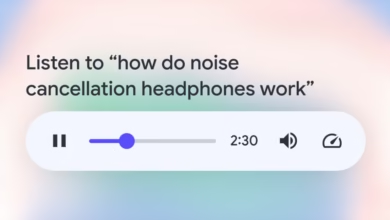Google Tests Personalized ‘Preferred Sources’ for Top Stories

▼ Summary
– Google is testing a feature in the U.S. and India that lets users customize their Top Stories section by selecting preferred news sources.
– Users who opt in can star preferred publications, making their articles more likely to appear in Top Stories, marked with a star icon.
– Google may show a secondary “From your sources” carousel below the main Top Stories, enhancing personalization without replacing algorithmic results.
– The feature could benefit publishers with loyal audiences but may disadvantage smaller or newer outlets competing with established brands.
– This experiment reflects Google’s effort to blend algorithmic rankings with user preferences, potentially reshaping publisher strategies if widely adopted.
Google is experimenting with a new way to personalize search results by letting users select their favorite news sources for the Top Stories section. Currently available in the U.S. and India through Search Labs, this feature aims to give people greater control over the publishers they see in their news-related searches.
When enabled, users will notice a small starred icon within the Top Stories carousel. Clicking it reveals a menu where preferred publications can be selected. Articles from these chosen sources will appear more frequently in search results, marked with a star for easy identification. Importantly, these selections won’t override Google’s core algorithm, instead, they complement it. In some cases, a secondary carousel labeled “From your sources” may appear below the main Top Stories section.
This update reflects Google’s broader push toward personalization, building on existing tools like highlighting frequently visited sites or showing new content since a user’s last search. For those who prefer unfiltered results, the “Try without personalization” option remains accessible at the bottom of the page.
For publishers, this shift presents both opportunities and challenges. Established brands with dedicated audiences could see a boost in visibility, while smaller outlets might find it harder to compete if users default to familiar names. The feature underscores the growing significance of brand loyalty, direct audience engagement, and consistently fresh content.
Though still in testing, the experiment signals Google’s interest in blending algorithmic curation with user preferences. If expanded, it could influence how publishers and marketers approach visibility in search results, emphasizing the need for strong reader relationships and recognizable authority.
(Source: Search Engine Journal)

